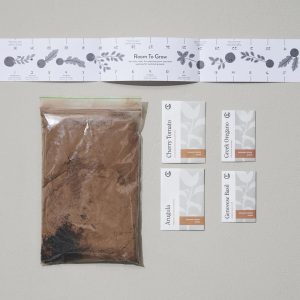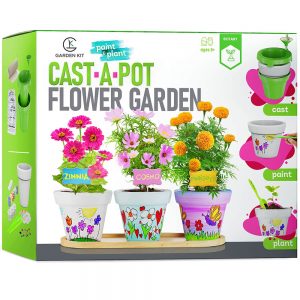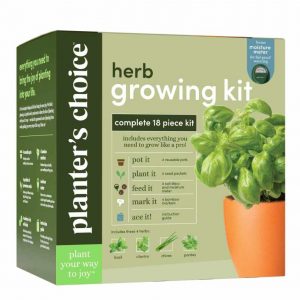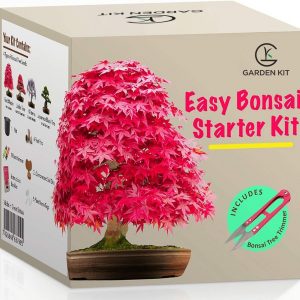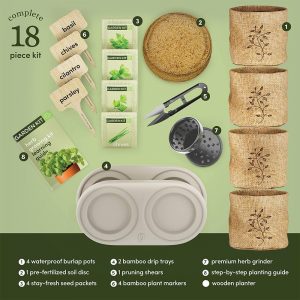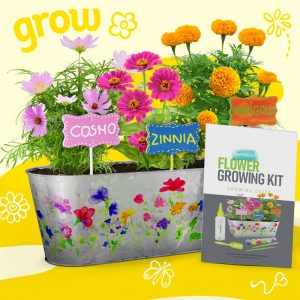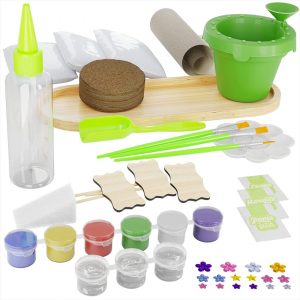Heirloom vegetables are a common topic of conversation when it comes to gardening. How about heritage herb seeds, though? heritage herb seeds have been handed down from generation to generation, typically within a family, just like heritage vegetable seeds.
What are seeds from heirloom herbs?
Open-pollinated seeds that have been stored and passed down through families and communities for many years are known as «heirloom» herb seeds. They are frequently coveted for their distinct flavor, resistance to illness, and toughness. Heirloom seeds, as opposed to hybrid or genetically altered seeds, generate plants that are faithful to their original form. This implies that the features of their parents will be passed down to their children.
Herb seeds with heirloom qualities
Herb seeds from heirloom plants are renowned for their genetic stability and variety. They are highly suited for growing in those settings because they have developed climatic and geographic adaptations through time. Additionally, they provide a variety of tastes and smells that contemporary, commercially grown herbs do not.
Heirloom herb seed benefits
Herb seeds from heritage plants are resilient, which is one of their key benefits. They are frequently more tolerant of pests, illnesses, and severe weather since they have evolved to local circumstances. Since they do not require as much assistance from artificial fertilizers or pesticides, they are also better for the environment.
The taste profile of heritage herb seeds is another benefit. Many of these herbs have been grown for their fragrant, medicinal, and culinary benefits for many years. For recipes that have been passed down through families and communities, heirloom herbs are frequently employed.
Uses for Heirloom Herb Seeds
Herbs that are heirloom can be utilized in many different ways. They can be utilized in cooking, aromatherapy, and as medicines. The most often used heritage herbs are mint, sage, thyme, basil, and oregano. These herbs are perfect for various cuisines and medicinal uses because each one has a distinct flavor and perfume.
How are Heirloom Herb Seeds Planted?
Heirloom herb cultivation is not too difficult. The majority of herbs like soil that drains properly and lots of light. Start by clearing the area of any weeds or trash to prepare the soil. Compost or well-rotted manure can be added to the soil to increase fertility. Keep in mind the seeds’ particular requirements for spacing and depth while sowing the seeds per the directions on the packaging. Until the seedlings grow, water the seeds and keep the soil wet.
Important Points to Bear in Mind
It’s crucial to keep in mind a few key factors while planting heritage herbs. Initially, check to see if the soil is rich and well-drained. Second, give the plants enough sunshine so they may grow and prosper. Third, be on the lookout for illnesses and pests. Even though heirloom types are frequently more resistant to pests and diseases, it is still crucial to routinely check on the plants.
Conclusion
For gardeners who wish to appreciate and preserve traditional tastes, smells, and medicinal qualities, heritage herb seeds are a great option. These seeds provide a variety of benefits, including as genetic stability, hardiness, and diversity. Gardeners may promote local agriculture and biodiversity by growing heritage herbs. Heirloom herbs may give your garden and kitchen a distinctive and tasty dimension if you use the appropriate planting methods and care for them.
Related Products



